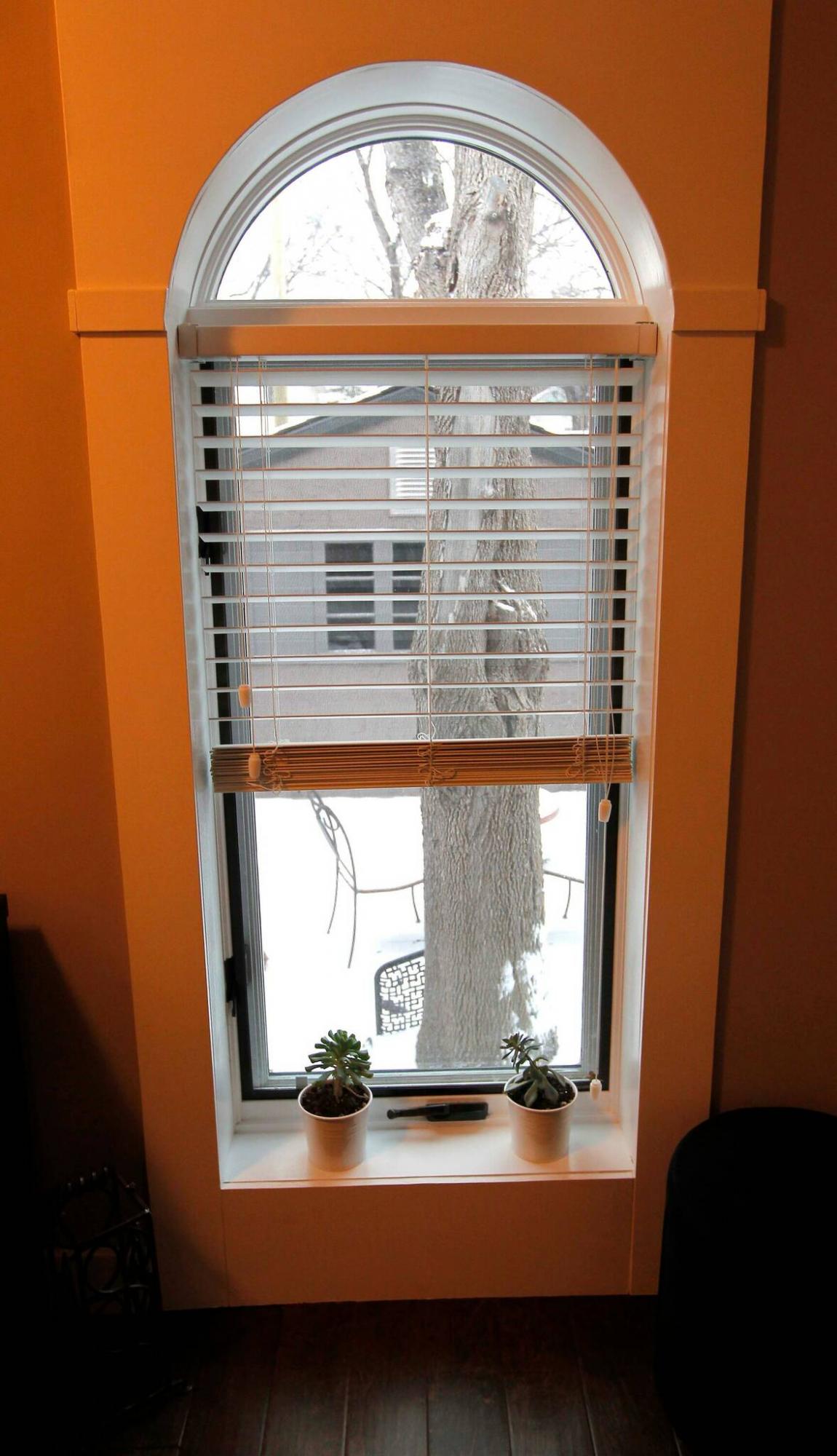
Question: Do I need new windows?
I have window inserts in old frames that are framed into the existing frames in two of the windows. In a third, a complete window installation, a drip is still occurring. Is it because the wall may not be insulated enough? Or, the window not sealed very well? Should I replace drywall and insulate?
What do you advise?
Thank you.
— Sheri O., Winnipeg
Answer: Dripping from windows may be a sign of deterioration in the windows, the weatherstripping, caulking, air leakage or high relative humidity in the home. Evaluation can be tricky and visual inspection and evaluation of environmental conditions that are present when the leakage occurs should yield answers about the proper approach to prevention.
Issues with moisture on or around windows in homes in our climate can widely vary in their causes. Often, what appears to be coming from the outside environment may have its origin within the building, itself. Other times, air or moisture leakage during the heating season may penetrate the building enclosure due to deteriorated caulking or flashings around the windows. In some cases, inherent defects during the manufacturing process, like weatherstripping that does not seal properly, may be the culprit for leakage seen inside. To determine which of these is the true cause of your problem may take several investigations at various times.
The initial inspection of your leaky windows should always be visual in nature. Looking at the exterior to see if there are any apparent flaws or deterioration may be done, even by an experienced homeowner. Check to see if the windows have any visible gaps around the perimeter, or where the sashes seal when closed. Since you have inserts, a common problem area is where the box units have been inserted into the old window frame. This area should have wooden stops, which were either part of the original windows, or were cut and nailed in place during the upgrades. These should have sealant applied all around the window to prevent leakage. This caulking, and the stops, may be painted or pre-finished and should not be shrunken, cracked or dried out. If it is, a simple re-caulking with high quality sealant may be the answer.
Since some of the windows should still have the original brickmould and frame, gentle probing with a flat-head screwdriver or scratch awl should be the next step to ensure the integrity of the older wood. If the paint is peeling or deteriorated that may be a clue as to where to start the probes. If the probe easily penetrates the surface, further pressure should be applied to see how deeply it penetrates. If it easily slides into the wood, or if the surface is easily compressed with a finger, there will be significant rot. Immediate removal and replacement of any moisture damaged wood should be attempted. If the wood turns out to be rotten behind the exterior trim after removal, a new full-frame, moisture resistant window may be the most economical fix.
If things appear to be in good condition on the exterior after close examination, you should open and close the operating portion of all the windows. Look for any missing or torn weatherstripping, loose hardware, missing screws, or gaps when the windows are closed and locked in place. If damaged, many of those components may be available for purchase from the original manufacturer.
If everything on the exterior appears satisfactory and the operation of the windows is not compromised, the investigation should move to the interior of your home. Gently removing the casing around the window may be the next step to see where the moisture is coming from. This will reveal a gap between the window frame and the wall studs, which should be well insulated and sealed to prevent air leakage and condensation.
Often, the older windows leaked air through and around the wooden components, so a leaky air gap around the outside was not problematic. Since installation of newer, well sealed box unit inserts, the air leakage may have shifted to that area and increased in concentration. That could certainly lead to condensation and frost buildup in cold weather, which would melt and could drip down onto your walls around and below the window when the weather warms in the spring. This may be the most common cause of leakage, which may appear to come from the windows, but actually is around it. Removing any old, deteriorated insulation from this area and replacing it with low expansion spray foam, from an aerosol can, will be the simple solution before reinstalling the casing.
The final issue may be happening if condensation and excessive sweating is seen on the surface of the glass during cold weather. This is sometimes mistaken for leakage and often due to excessively high relative humidity (RH) inside the home. RH above 35 per cent in the heating season, at normal room temperature, may allow this to occur. Especially in really cold weather, attempts to lower the RH to 30 per cent should minimize this issue. Extra use of exhaust fans, range hoods, fresh air intakes and other ventilation systems should be employed to get rid of the damp indoor air and replace it with dry outside air.
Moisture problems associated with windows are frequently thought to be due to rain penetration from the exterior, which may or may not be a factor. Careful examination of the window condition, air sealing, and operation may yield an answer. Otherwise, high indoor air moisture during cold weather could be responsible for drips caused by condensation on the glass during the heating season. Repairing obvious areas of deterioration, or reducing indoor RH, should be the keys to successfully eliminating the moisture issue from your home.
Ari Marantz is the owner of Trained Eye Home Inspection Ltd. and a Registered Home Inspector (RHI)(cahpi.ca). Questions can be emailed to the address below. Ari can be reached at 204-291-5358 or check out his website at trainedeye.ca.
trainedeye@iname.com



